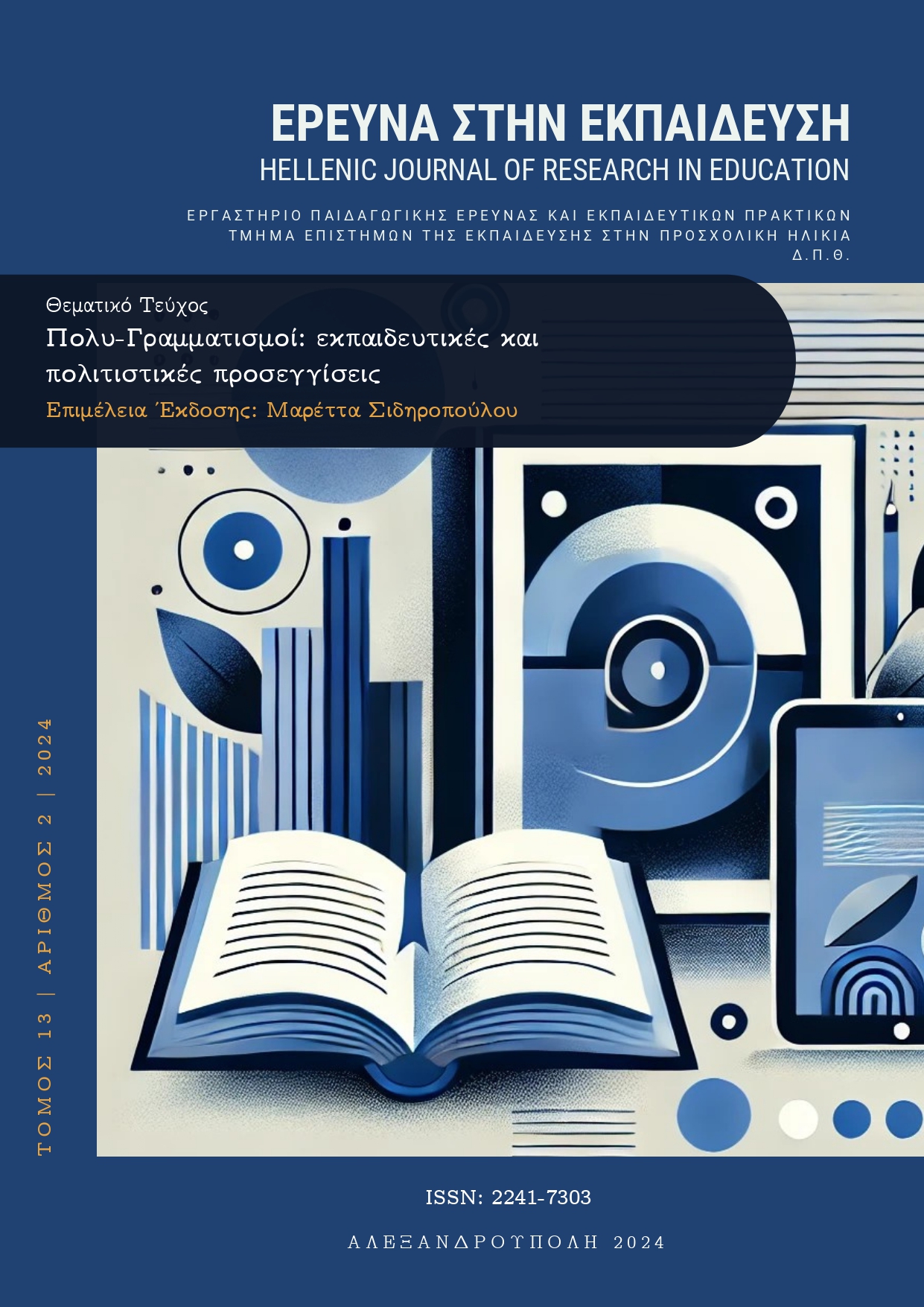MinaDot: μία καινοτόμος εφαρμογή αυτόματης μεταγραφής σε Braille για την ενίσχυση του Γραμματισμού στη Braille

Περίληψη
Η γραφή Braille αποτελεί έναν σημαντικό κρίκο τόσο για την επικοινωνία όσο και για την εκπαιδευτική προσβασιμότητα των ατόμων με οπτικές βλάβες. Στόχος της δημοσίευσης αυτής είναι να παρουσιάσουμε το MinaDot, που είναι μια εύχρηστη και οικονομική εφαρμογή που παρέχει τη δυνατότητα αυτόματων μεταγραφών από την ελληνική και αγγλική γλώσσα στη γραφή Braille με τρόπο που συμμορφώνεται με όλους τους κανονισμούς που διέπουν την επίσημη γραφή της Braille στην Ελλάδα. Σκοπός της εφαρμογής αυτής είναι να προσδώσει ολική προσβασιμότητα των ατόμων με οπτικές βλάβες στην εκπαιδευτική πραγματικότητα, βοηθώντας τόσο τους εκπαιδευτές όσο και τους εκπαιδευόμενους στη μελέτη και την παραγωγή της Braille ενισχύοντας ταυτόχρονα τον γραμματισμό στη Braille. H παρούσα δημοσίευση αναδεικνύει τη σημασία εύχρηστων τεχνολογικών εφαρμογών που συντελούν στην αύξηση της προσβασιμότητας στην εκπαίδευση και γενικότερα την καθημερινότητα ομάδων με ειδικές εκπαιδευτικές ανάγκες.
Λεπτομέρειες άρθρου
- Πώς να δημιουργήσετε Αναφορές
-
Γαρούφος Α., & Γαβριηλίδου Ζ. (2024). MinaDot: μία καινοτόμος εφαρμογή αυτόματης μεταγραφής σε Braille για την ενίσχυση του Γραμματισμού στη Braille. Έρευνα στην Εκπαίδευση, 13(2), 110–120. https://doi.org/10.12681/hjre.37498
- Ενότητα
- Άρθρα

Αυτή η εργασία είναι αδειοδοτημένη υπό το CC Αναφορά Δημιουργού – Μη Εμπορική Χρήση – Παρόμοια Διανομή 4.0.
Τα πνευματικά δικαιώματα των άρθρων του περιοδικού ανήκουν στους συγγραφείς. Τα άρθρα διατίθενται με άδειες Creative Commons CC-BC-SA 4.0


